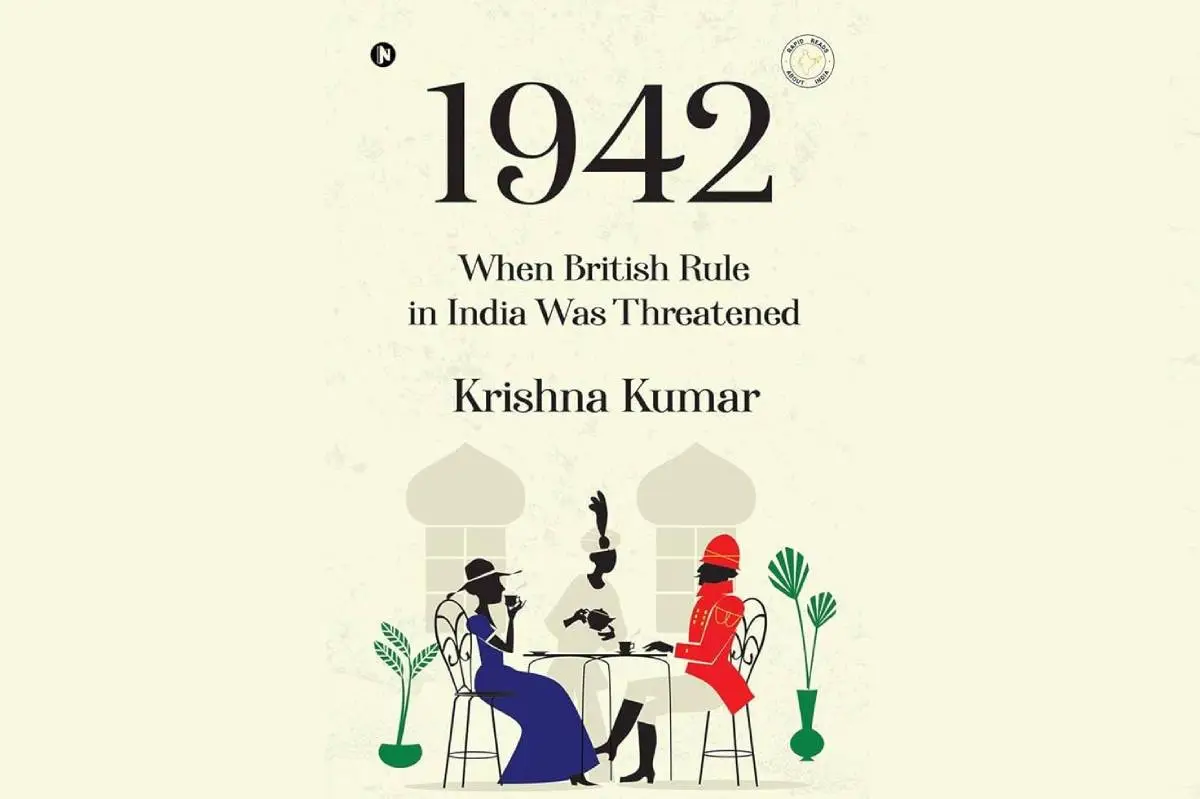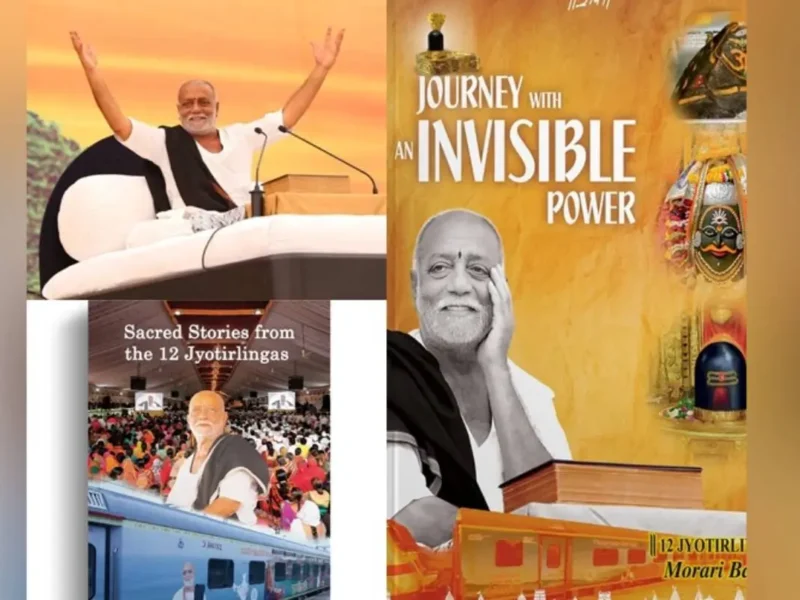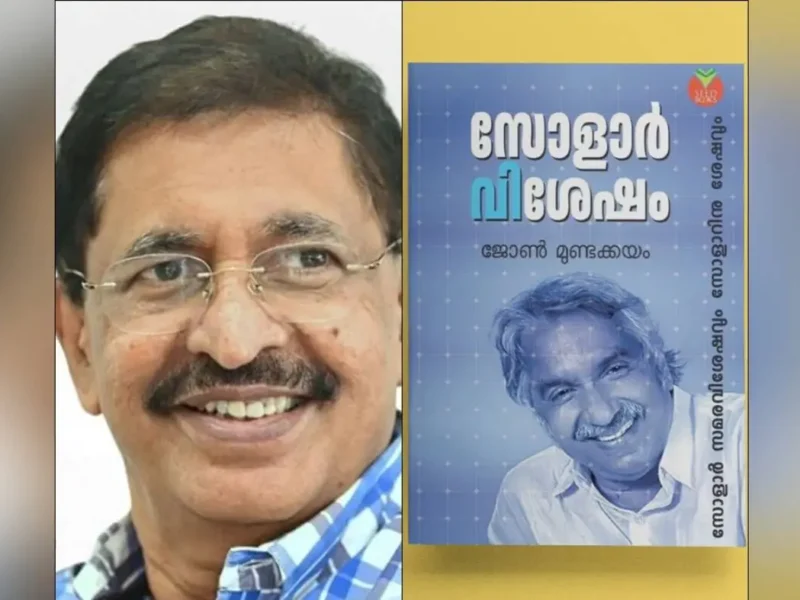
Indian American Analyzes The End Of Colonial Rule In India
India-West Staff Reporter
Throughout history, empires have survived only as long as they could project their power. This power could be real or imagined, but it must be believable to its subjects. In 1942, the British Empire lost much of this power in India, leading to events that eventually dismantled the Empire.
Krishna Kumar studies, evaluates, and analyzes events in Indian history with particular emphasis on the British period. His first book, “1942: When British Rule in India Was Threatened,” analyzes the events leading to the end of colonial rule in India.
In 1921, the author says, the New York Times stated, “British Imperialism would be compelled to evacuate Great Britain itself before it would willingly evacuate India.” The Empire tightly controlled India with oppressive laws enforced by a bureaucracy supported by the police and army. The British Indian Army, known for its discipline and training, helped maintain control over the vast population.
The first major challenge to British invincibility came, Kumar says, when Britain itself was threatened during World War II. Luftwaffe bombings, the threat of invasion, and naval blockades by U-boats put Britain on the defensive. The fall of Singapore and Malaya in 1942 was a significant blow to British prestige, revealing poor strategy and inadequate fighting capability. When Singapore fell, 143,000 soldiers, mostly Indian, surrendered to the Japanese.
The defeat of British forces in Asia quickly impacted India, where many were already discontented with British rule. News of the British officers’ treatment of Indian troops and their inability to face the Japanese spread rapidly. This, coupled with the return of tired and defeated soldiers from Burma, further eroded confidence in British authority.
The Japanese bombing of Indian cities such as Calcutta, Madras, Vizag, and Kakinada added to the fear and uncertainty. The British even considered evacuating India, worried about a full-scale Japanese invasion from the northeast. Amidst this chaos, the British tried to placate Indian leaders by offering increased involvement in administration, sending Sir Stafford Cripps to negotiate. However, the failure of the Cripps mission and the subsequent Quit India movement in August 1942 marked a significant internal challenge to British rule.
By the end of 1942, the British managed to suppress the Quit India movement with brutal repression. However, the damage was done. Malaya, Singapore, Hong Kong, and Burma remained under Japanese control until 1945.
The fifth and fatal blow to the British Empire came from Subhas Chandra Bose and the formation of the Indian National Army (INA). Bose’s leadership and the INA’s trials in November 1945 ignited widespread dissent across India, leading to the end of British rule in 1947. The events of 1942 sowed the seeds of the British Empire’s collapse, not just in India but globally.
Kumar’s articles have always focused on peeling through the various layers of information, and his debut book is no exception. Kumar says he has been interested in Indian history and analysis from an early age, continuing this interest even while pursuing a career in an unrelated field for most of his adult life.
A historical fiction book is soon to follow. Krishna grew up in India and now lives in the United States with his family.




